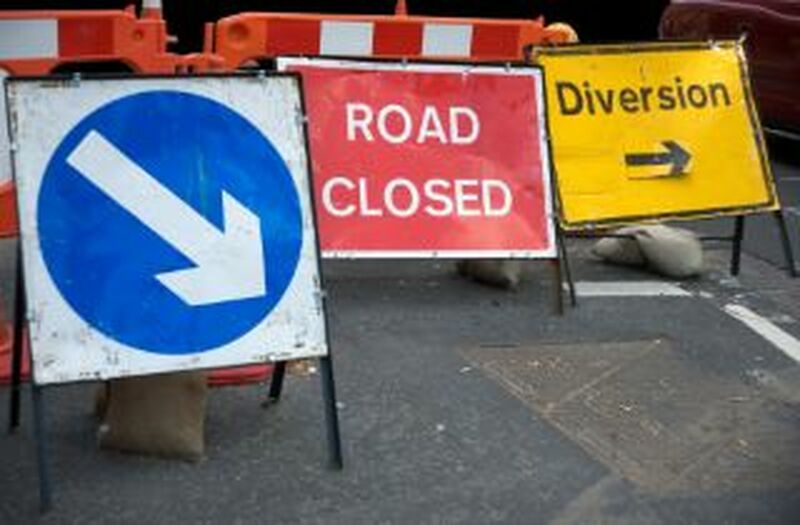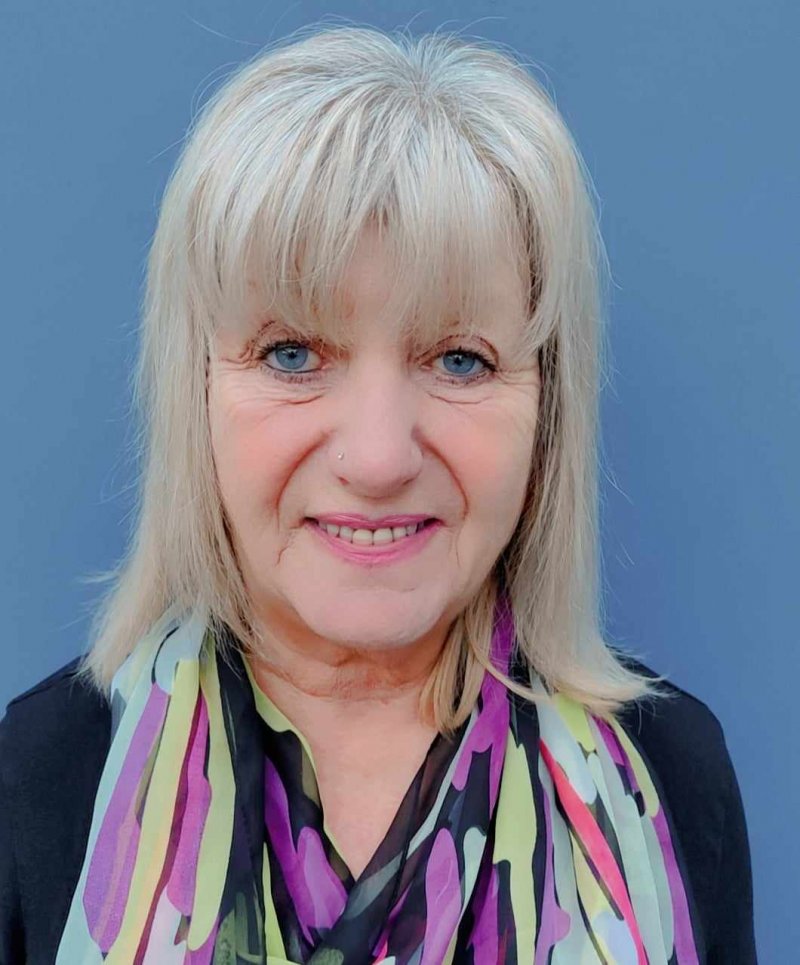‘TRANSFORMATIVE’ funding - which totals more than £70m - will be put towards funding a raft of highways projects in Barnsley in the next five years, the Chronicle can reveal.
In the making since September 2021 when the South Yorkshire Mayoral Combined Authority (SYMCA) submitted its request to the Department for Transport (DfT), Barnsley Council’s cabinet members approved the funding, which also includes £20m for maintenance and repairs.
Already identified is the A628 - spanning from the town centre and connecting with Penistone - and the nearby A635, which includes ‘bus priority interventions’ to speed up public transport times.
Active travel schemes will see walking and cycling infrastructure built across the borough, to ‘provide a safe and attractive alternative to private car use, thus reducing congestion and improving air quality and further encouraging healthy activity’.
According to a document, compiled by head of strategic transport Tracey Brewer, the council will have just five years to deliver schemes identified in the £70.3m package.
Compulsory purchase orders - for land or even properties the council will need to obtain if they stand in the way of any planned work - have not been ruled out but will only be used as a ‘last resort’.
The document said: “In April 2022 it was announced that the allocation to the SYMCA was £570m, with Barnsley’s allocation being over £70m, which includes a ‘top slice’ of £20m for highway maintenance.
“Both the DfT and SYMCA have been working to finalise the list of schemes and outputs and had requested further information on a number of schemes.
“With the release of the Integrated Rail Plan, where rail improvements in the Barnsley area were not supported, the DfT removed two of Barnsley’s schemes - the Dearne Valley Parkway park and ride and the Barnsley station platform extensions.
“We will however use other revenue funds to continue with the feasibility for these two schemes.
“The schemes proposed include high-quality infrastructure, including off-road segregated footway-level cycle tracks, improved crossing facilities within all routes, rationalisation of street furniture (de-cluttering unnecessary street furniture as well as non-essential highway signs).
“We will have higher quality bridleways and public rights of way, and by utilising disused railway lines, provide a more cohesive network that is far more effective for road users, is inclusive for mobility users, and attracts a higher number of walking and cycling trips to employment hubs, schools, town centre and recreational usage.
“The interventions include better connectivity between the ‘Principal Towns’ and the town centre, giving easier access to new investments, particularly around retail, training, and employment.
“It is intended to make public transport more attractive by making bus services quicker and, therefore, more attractive over the private car.”


























